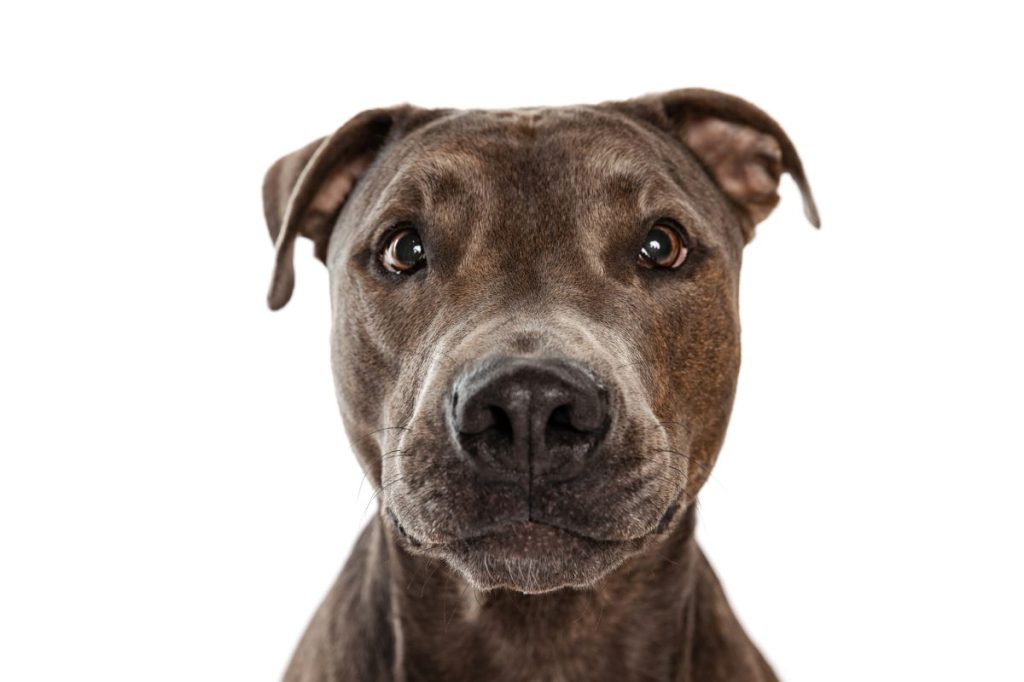The common terms of “Pit Bull dog” or “Pit Bulls” do not refer to one specific breed, but rather five different but related Pit Bull breeds of muscular terriers originally bred for bull baiting and dog fighting.
While Pitties have a controversial reputation, they can make loyal and lovable members of your family pets proper training and care. Here we’ll explore 5 of the most common types of Pit Bull breeds.
Pit Bull Breed Characteristics
Here are some of the common characteristics associated with Pit Bull-type dogs:
Physical Traits
- Medium to large size, muscular and stocky build
- Blocky head shape with strong jaws
- Short, smooth coat that comes in various colors like red, fawn, brown, black, white
Temperament
- Confident, strong-willed, and eager to please
- Very loyal and bond deeply with owners
- Energetic and enthusiastic, enjoys activity and play
- Often very friendly with people
- Less dog aggression than commonly thought
Background and History
- Descended from Bulldogs and terriers and bred for bull baiting
- Later used for dog fighting due to their power and gameness
- Still often associated with aggression, fighting, and danger, though poor ownership and training play a major role
Abilities
- Athletic, fast runners and jumpers
- Excellent swimmers
- Tend to have high pain tolerance
Their reputation for aggression stems more from their treatment than from their inherent temperament. With caring human parents, Pit Bulls display all the typical devotion of other family dogs.
Types of Pit Bulls
All fitting under the same “bully breeds” moniker, these dogs all share similar physical traits and that innate determination to succeed at any task.
American Pit Bull Terrier
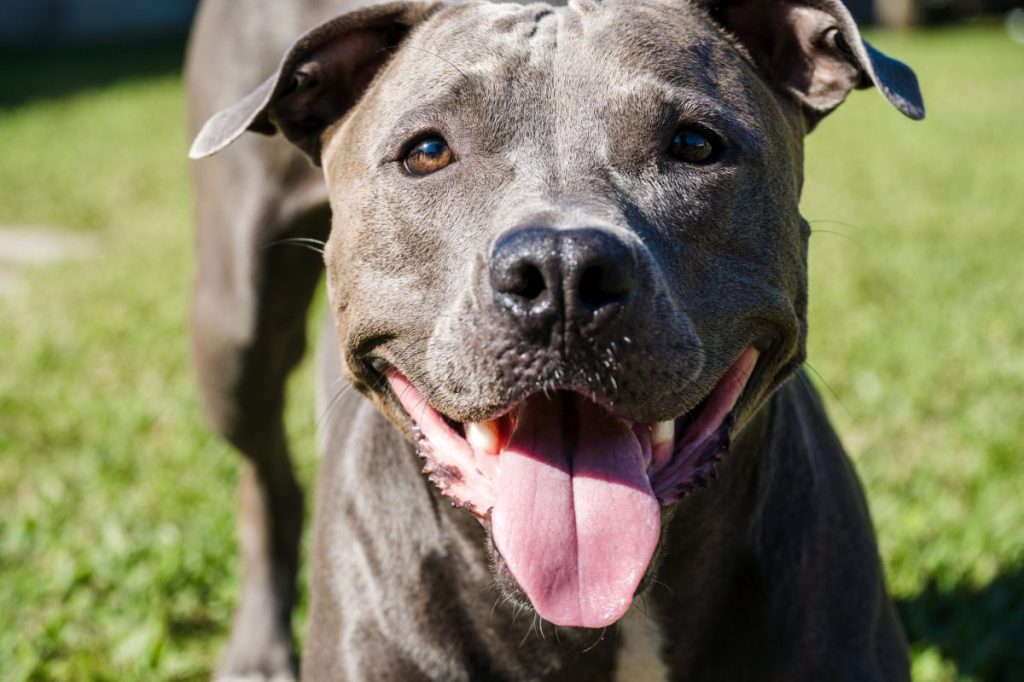
Most people identify the American Pit Bull Terrier (APBT) as a “Pit Bull” dog. Originally bred for bull baiting in England, they later transitioned to dog fighting before becoming popular as family pets. They have varying coat colors, including blue, gray, black, brindle, white, fawn, red, brown, and tan.
The APBT is a medium-sized, short-coated dog. They are extremely muscular and athletic with a broad head and strong jaw. While tenacious and strong-willed, APBTs are typically social, stable, and gentle with humans when properly trained and socialized. This breed has yet to be recognized by the American Kennel Club.
American Staffordshire Terrier
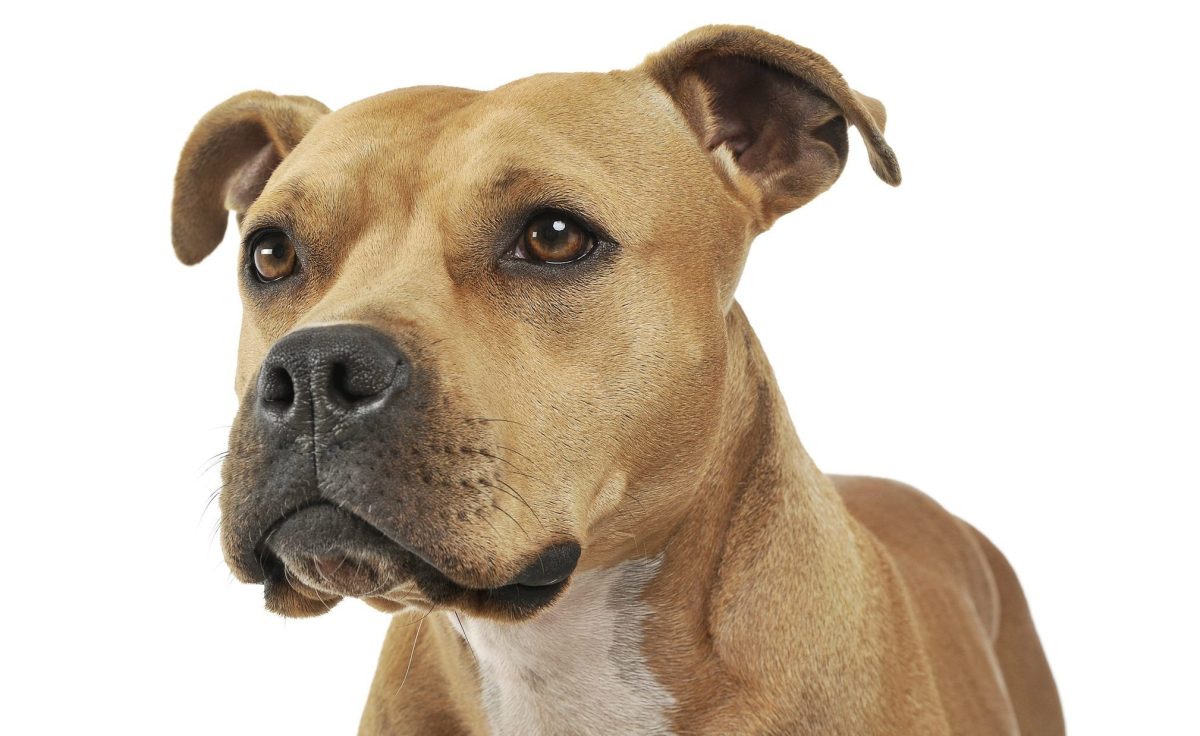
Very similar to the American Pit Bull Terrier, the American Staffordshire Terrier originated in the United States after bull baiting was outlawed. They were popular on farms for their reliability with children and as all-purpose working dogs.
This stocky breed has a larger head in proportion to its body compared to the APBT. The American Kennel Club recognized the American Staffordshire Terrier as a breed in the 1930s. They make affectionate, people-oriented pets.
Staffordshire Bull Terrier
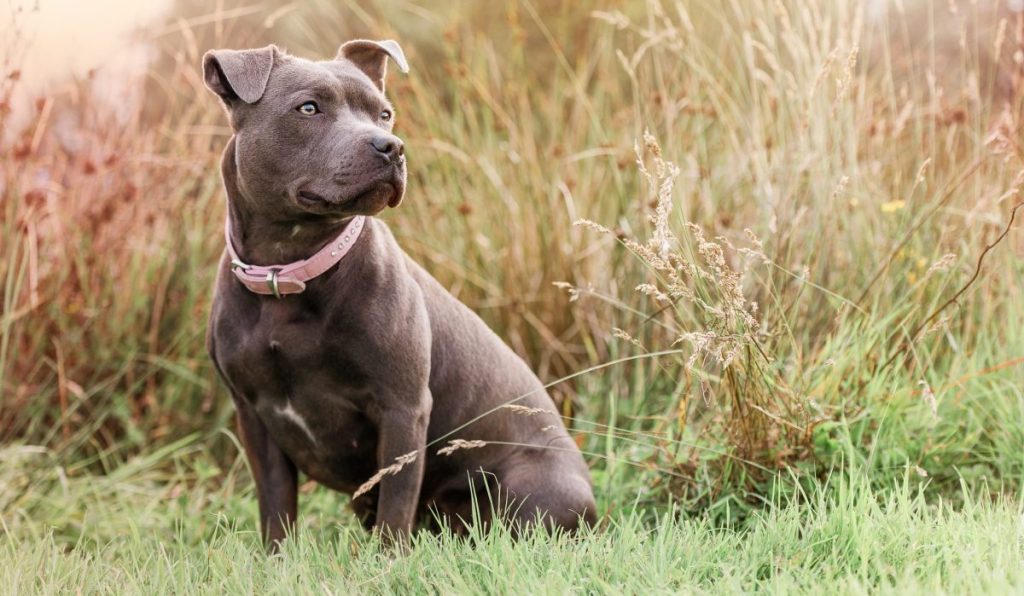
The Staffordshire Bull Terrier originated in England’s Staffordshire region by combining Bulldogs with terriers for bull baiting and fighting. Despite this history, they became known as “nanny dogs” for their gentle loyalty to children.
This compact breed has a short, smooth coat that comes in red, fawn, white, black, blue, or brindle. Though muscular and courageous, good breeding has made Staffies even-tempered companions.
American Bully
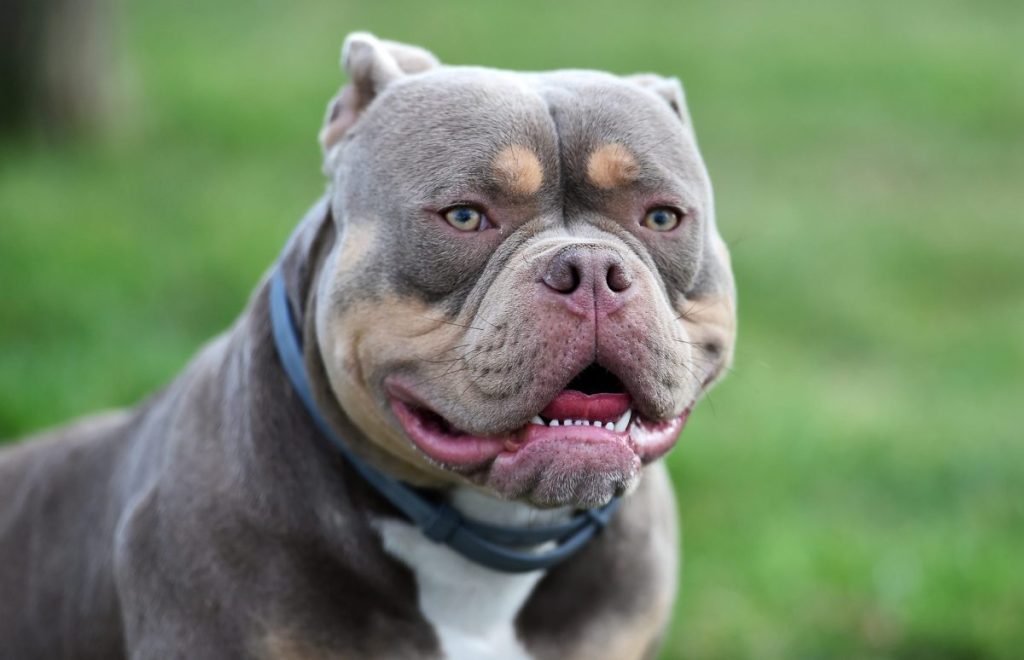
The American Bully was first recognized in the 1990s and is also yet to be recognized by the American Kennel Club. They were developed by breeding the American Pit Bull Terrier and American Staffordshire Terrier with other bully-type breeds like the English Bulldog.
The American Bully has a thick, muscular build on a shorter body than other types of this breed. They have a larger head with skin folds around the neck and wide-set eyes. This breed comes in four size varieties, from pocket to extra large size.
Bull Terrier
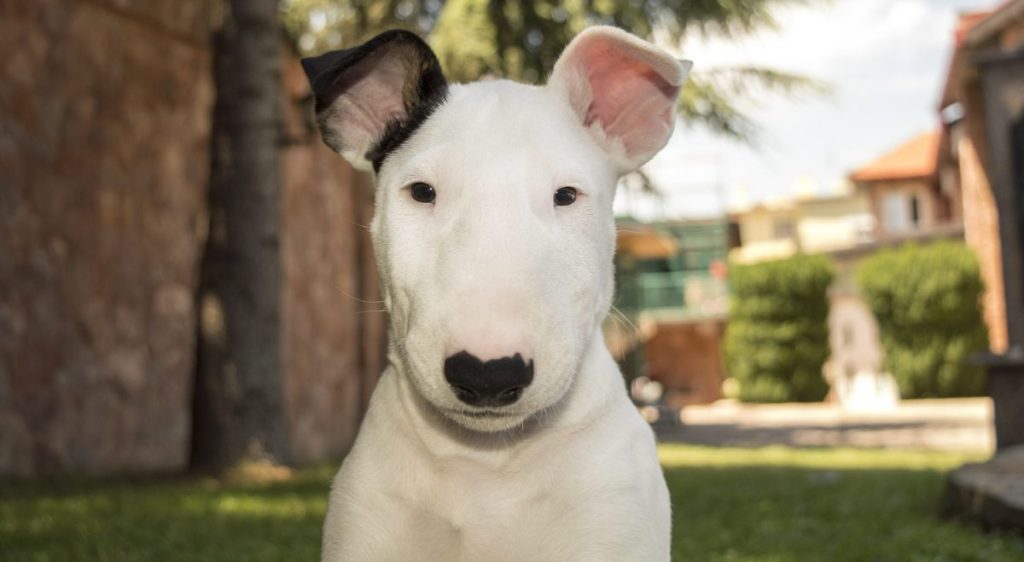
The Bull Terrier is the least common Pit Bull breed today. Originating in England in the 1800s, they were bred by crossing Bulldogs with terriers to create an agile, strong fighter. Their distinct “egg-shaped” head makes them easily recognizable.
Though bred for the pit, Bull Terriers later became beloved as family pets due to their playful nature and devotion to their owners. They need extensive socialization to curb any dog aggression tendencies. Proper handling brings out their comical, charming side.
Pit Bull Training Tips
Obedience training and early socialization are highly recommended. Their intelligence allows them to excel at obedience work, agility, tracking, and other tasks.
Pit Bulls respond best to confident, consistent leadership. Their stubbornness warrants patience and persistence. Always use positive reinforcement as harsh methods can backfire quickly. Invest time and effort into making yours a great canine citizen. Treats can help!
FAQ
It’s a common misconception that Pit Bulls are inherently more dangerous or aggressive than other dog breeds. The truth is, there is no evidence that Pit Bulls are disproportionately aggressive compared to other breeds. Like all dogs, Pit Bulls are individuals whose behavior is shaped primarily by their socialization, training, and environment rather than their breed.
With proper training and socialization from an early age, Pit Bulls can certainly make good family companions around children. Many Pit Bull owners report them to be affectionate, loyal “nanny dogs.” However, no children should ever be left unsupervised around any dog, regardless of breed. Ultimately, whether a Pit Bull is good around kids depends heavily on the individual dog’s socialization, training, responsible ownership, and whether the kid is taught how to appropriately interact with dogs. Broad generalizations about the breed’s behavior are unwise. Consultation with experts is recommended for families considering Pit Bull ownership.
No, Pit Bulls are not considered a hypoallergenic breed. The term “hypoallergenic” refers to dogs that are less likely to cause allergic reactions in people with pet allergies. Pit Bulls are moderate to heavy shedders, which means they regularly release allergenic proteins through their dander (dead skin flakes), saliva, and urine. These proteins are the main triggers for pet allergies in people.
